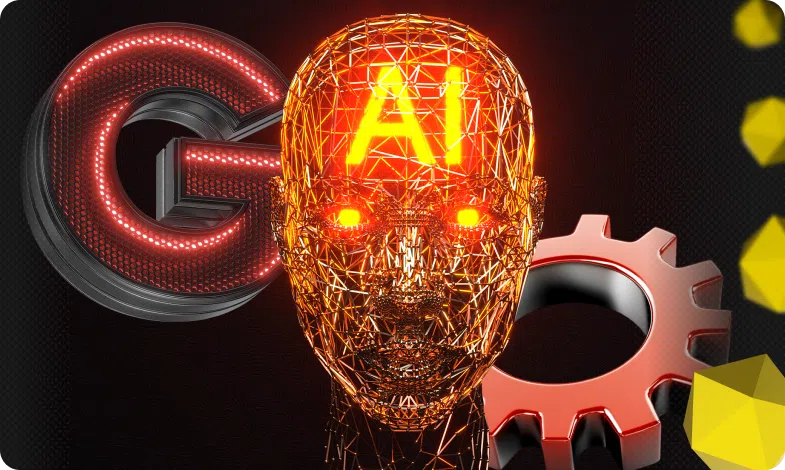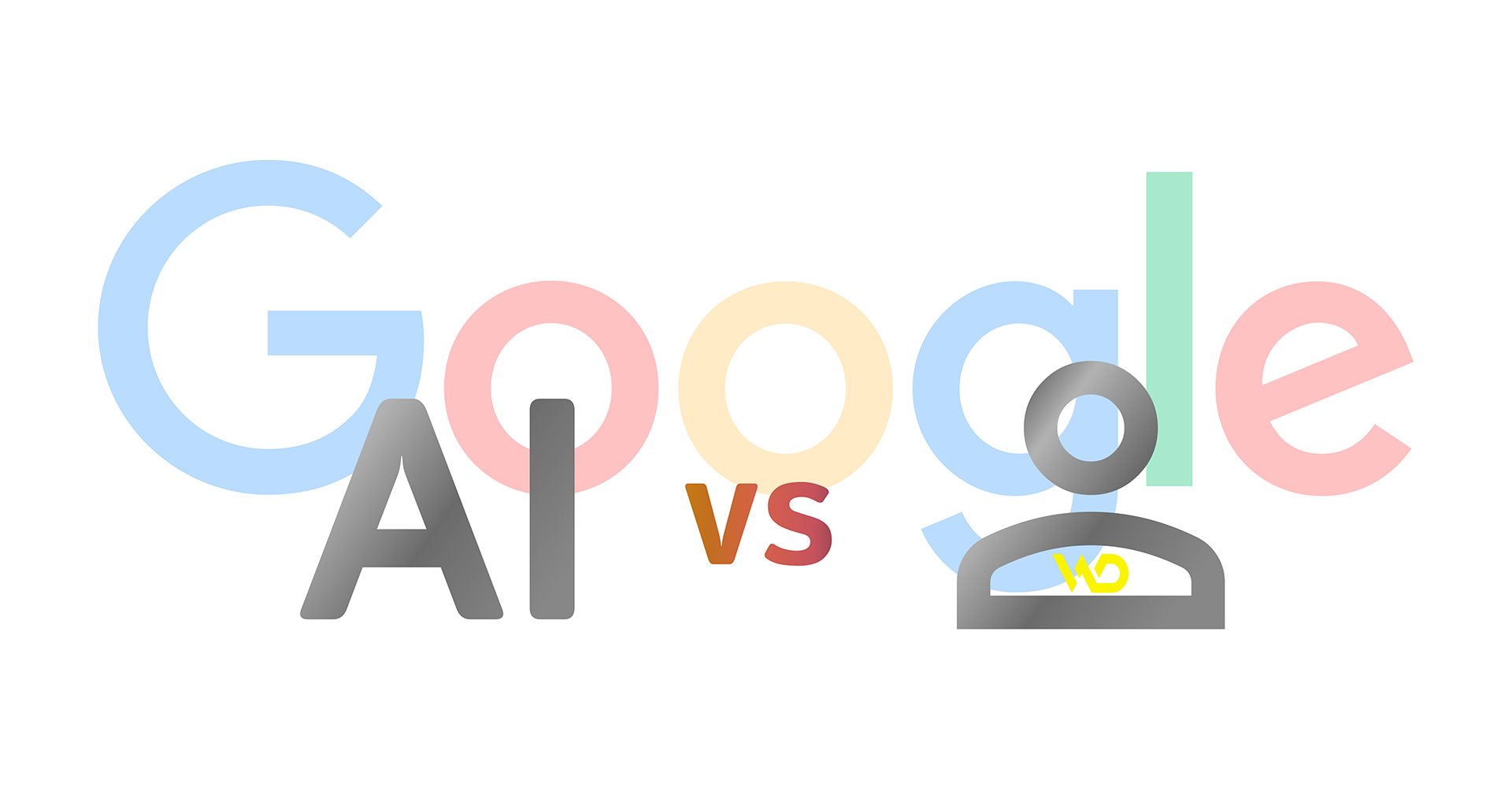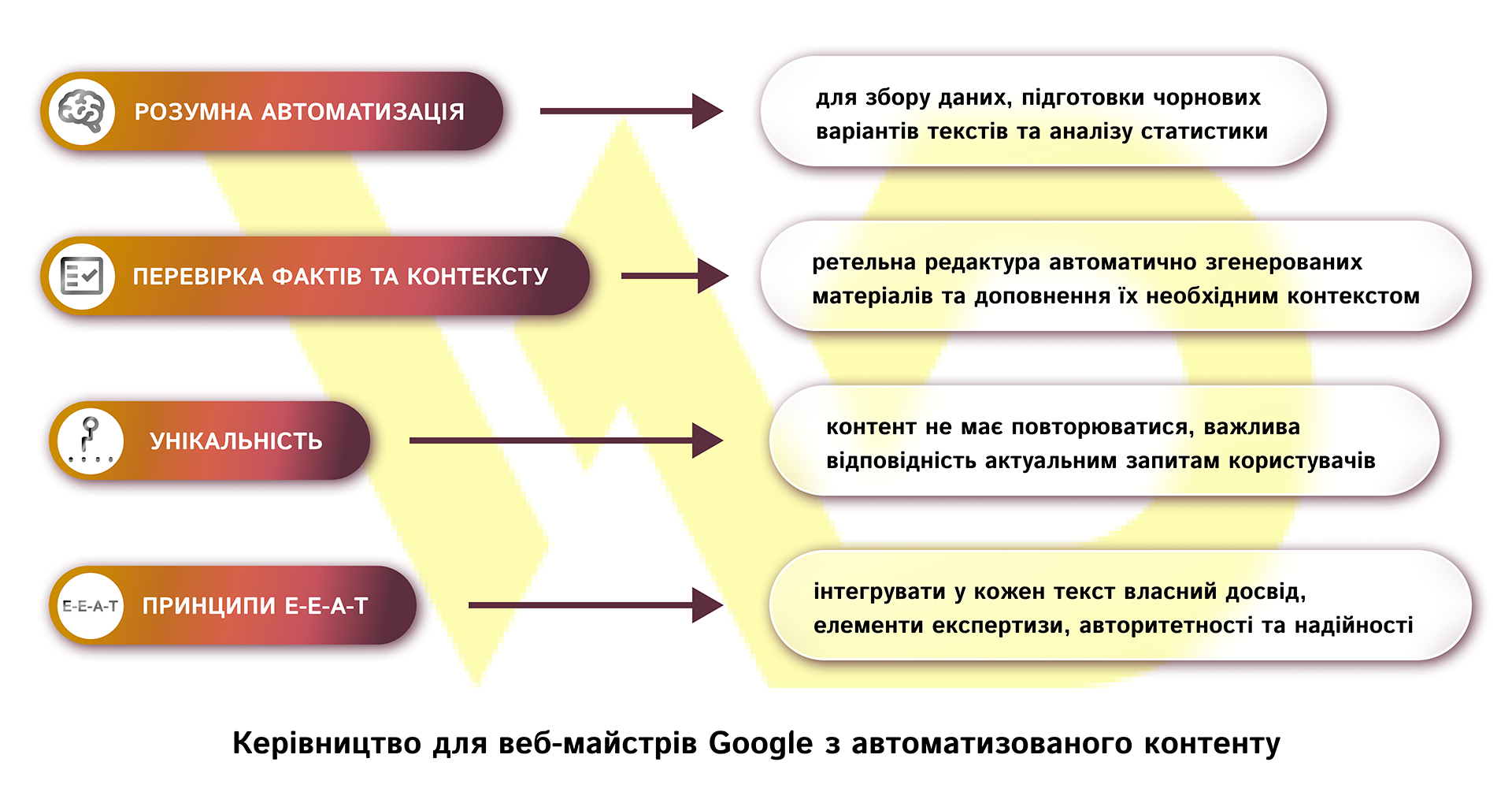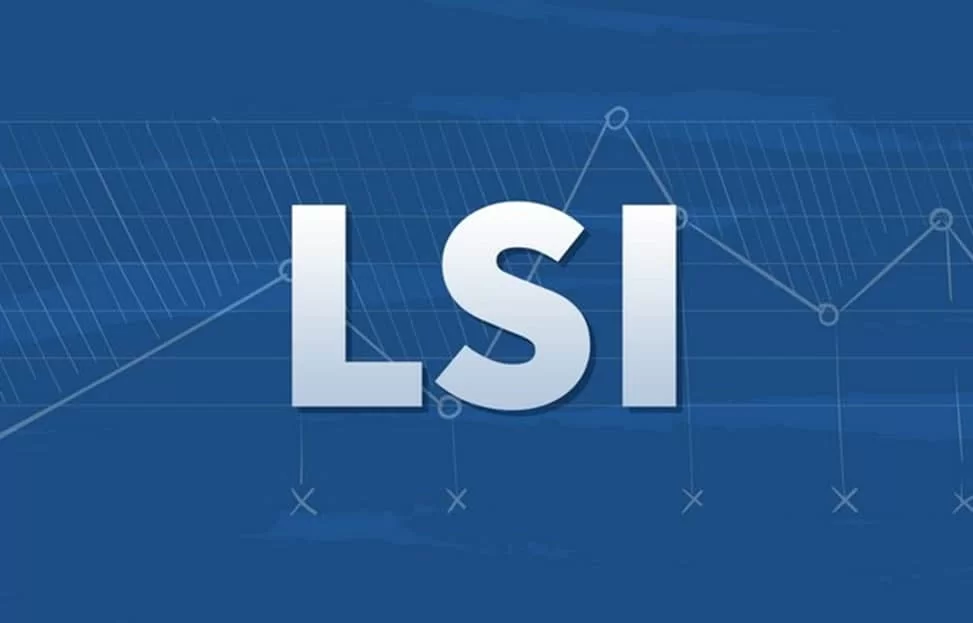Content of the article


Artificial intelligence continues to transform content creation every day. That’s why understanding how Google’s search engine handles AI-generated content is important. Of course, AI tools can help generate ideas, speed up production, and support various aspects of digital marketing, but Google’s algorithms are still focused on high-quality, user-friendly content.
In this article, we will look at the mechanisms of Google’s content processing, quality guidelines that regulate content ranking, and the risks that web resource owners take when relying solely on materials created by artificial intelligence.
Google’s approach to content and indexing
In today’s digital environment, where billions of new pages are created every day, the role of effective content indexing is of particular importance. Google uses advanced technologies to analyze and rank web resources, ensuring that users receive the most up-to-date and relevant information. Let’s take a look at the main elements of Googlebot.
How does Googlebot work?
Googlebot is the common name for the search robot used in Google Search. It is tasked with crawling billions of web pages, analyzing text, images, and other media data. The main task is to index valuable, relevant and user-friendly content. While Googlebot does not inherently distinguish between human and machine-generated text, its algorithms evaluate content based on factors such as originality, depth, and overall quality. It looks for signals of credibility and expertise, regardless of the content’s origin.
Features of Googlebot:
- Play dynamic content.
Googlebot goes beyond simply reading the HTML code received from the server and runs and interprets the JavaScript code embedded in the page to understand and analyze the dynamically loaded content.
- Crawl Budget and scanning priorities.
Googlebot works within the so-called «crawl budget» – a limited number of pages that the bot can crawl on a particular website in a certain period. Websites with a clear architecture, fast loading, and relevant content are prioritized, which allows Googlebot to index their pages more efficiently.
- Analysis of the website structure and internal links.
The bot carefully studies the structure of the site, determining the relationship between pages through internal links. This helps to determine which pages are the most important and deserve more frequent updates in the index.
- Updating and actualizing content.
Regular content updates play an important role in the work of Googlebot. Frequent changes and the addition of fresh information signal that the site is active and relevant, which can lead to faster crawling and better rankings in search results.
Processing content created by artificial intelligence
During recent discussions and analytics of AI-generated content, experts have determined that Google treats such content the same way as any other. But the key difference is the quality.
If an AI-generated article is well written and provides real value to readers, it can rank well. If the content appears superficial, repetitive, or manipulative, Google’s systems may devalue it or even penalize the site.
To clearly understand the content processing process, let’s imagine a website specializing in technology news and gadgets has decided to use AI to automate the creation of basic drafts of articles. When a new smartphone was launched on the market, the AI system generated an initial version of the text that described the main characteristics, technical parameters, and capabilities of the device. After that, the team of editors processed the received material. Specialists:
- checked the facts and supplemented them with analytical data;
- added expert comments from leading industry professionals;
- adapted the text to the requirements of the target audience, improving its readability and structure.
Quality manual and the role of human control
Even after the active popularization of AI, the quality of information remains a key factor for success in search results. Search engines place high demands on content, so it is important for webmasters and marketers to understand that automated text creation cannot completely replace in-depth analysis and editorial review.
Google Webmaster’s Guide to Automated Content
Google’s official guidelines warn against «automatically generated content» intended to manipulate rankings.
Content that lacks context, depth, or accuracy, which are often indicators of uncontrolled artificial intelligence, is considered spam.
The focus is on materials that demonstrate the E-E-A-T principles (experience, expertise, credibility, and trustworthiness). Google insists on using automation to facilitate routine tasks, such as data collection or draft generation, but the final version must be thoroughly checked. Only a human can manually check important facts added to texts, adapt articles to a specific audience based on a predefined target audience table, and add creativity that automated systems often lack. This ensures that the final product meets high quality standards, is unique and truly useful to users.
So, these are important recommendations for webmasters:

SEO experts and industry analysts say that human control is essential to verify the results of AI. Integrating human editing not only improves the quality of content but also increases audience trust, which is the key to long-term success in the digital space.
The impact of AI content on SEO
As we have already noted, Google’s ranking algorithms largely take into account user engagement, relevance, and depth of information provided. However, it is worth noting that AI content can have both a positive and negative impact on SEO. To illustrate this, let’s look at the comparison table:
|
Benefits of AI content on SEO |
Cons of AI content on SEO |
|
Fast content creation: AI helps to generate texts quickly, reducing the time spent on website content. |
Risk of low quality: without editing, AI can create superficial, boilerplate, or duplicate texts, which reduces their value for users. |
|
SEO optimization: algorithms can analyze search queries and automatically select keywords to improve rankings. |
Problems with E-E-A-T: automated texts often do not meet these criteria, which can negatively affect rankings. |
|
Scalability: AI makes it easy to create a large amount of content for different pages, blogs, and categories. |
The likelihood of sanctions from Google: if the content looks manipulative or is created only for SEO, the site may fall under the search engine’s filters. |
|
Regular updates: automatic generation allows you to keep your website up to date, which has a positive effect on SEO. |
Errors and inaccuracies: AI can generate false information that undermines user trust and reduces the quality of content. |
|
Data structure and analysis: AI can analyze trends, adjusting content to the current needs of users. |
Lack of a unique style: texts can be impersonal and not stimulate audience engagement. |
Thus, we can see that AI content can be an effective tool for SEO promotion if used correctly, i.e. as a support mechanism. The best approach is to combine AI with expert editing and a strategy for creating high-quality, useful content.
Want to promote your website with high-quality content?
WEDEX offers comprehensive SEO promotion with a focus on creating useful and search-engine-optimized content. We combine the power of AI with the expertise of our specialists to get your website more traffic and trust from Google.
Trends in the future of AI content

As artificial intelligence technologies evolve, so do search engines, including Google. Natural language processing tools are constantly improving their ability to understand the context and subtle nuances of content. This means that the quality standards for content are constantly rising. Automatically generated materials that do not meet these requirements will be subject to more rigorous analysis.
Many experts agree that while AI significantly increases productivity, over-reliance on it without significant human intervention carries significant risks. The trend is quite clear: the future belongs to content that combines the speed of AI generation with the depth and critical thinking inherent in humans. This hybrid approach is increasingly seen as the best way to meet user expectations and search engine requirements.
The industry is also calling for transparency in the use of artificial intelligence. Although it is not a direct ranking factor, it is extremely important that it helps to build user trust and maintain credibility in the digital space. For example, a well-known blogger and author of the Digital Insights blog began to openly indicate in 2023 that he uses AI to generate initial versions of articles when creating content. Each post contained a note, for example: «This material uses artificial intelligence technologies to speed up the content creation process, the final version has been thoroughly edited». This transparency brought positive feedback from readers. One of the regular readers wrote in the comments: «I like that the author is open about the use of AI. It adds credibility and shows a high level of responsibility». As a result, the level of trust in the blogger grew, and the number of views and interactions on social media increased by 25%.
Thus, we can see that openness about the use of AI not only builds audience trust but also meets Google’s requirements, which helps to improve the quality and credibility of content.
Conclusions
Despite the fact that AI-generated content has a worthy place in the modern digital environment, relying exclusively on 100% AI-generated content is not only a potential path to Google sanctions, but also a strategic mistake.
Google’s algorithms are customized to determine quality and value for users. Without human control, content created by artificial intelligence often does not meet quality standards, which can lead to a ranking downgrade or even sanctions from Google. In fact, a strategy based solely on AI-generated content is a waste of time and resources: it risks undermining the credibility and visibility of a website in search results.
By integrating AI as a tool that aids rather than replaces human intuition and creativity, content creators and website owners can leverage the technology while meeting Google’s ever-changing quality standards.






 17/06/2025
17/06/2025  2200
2200



